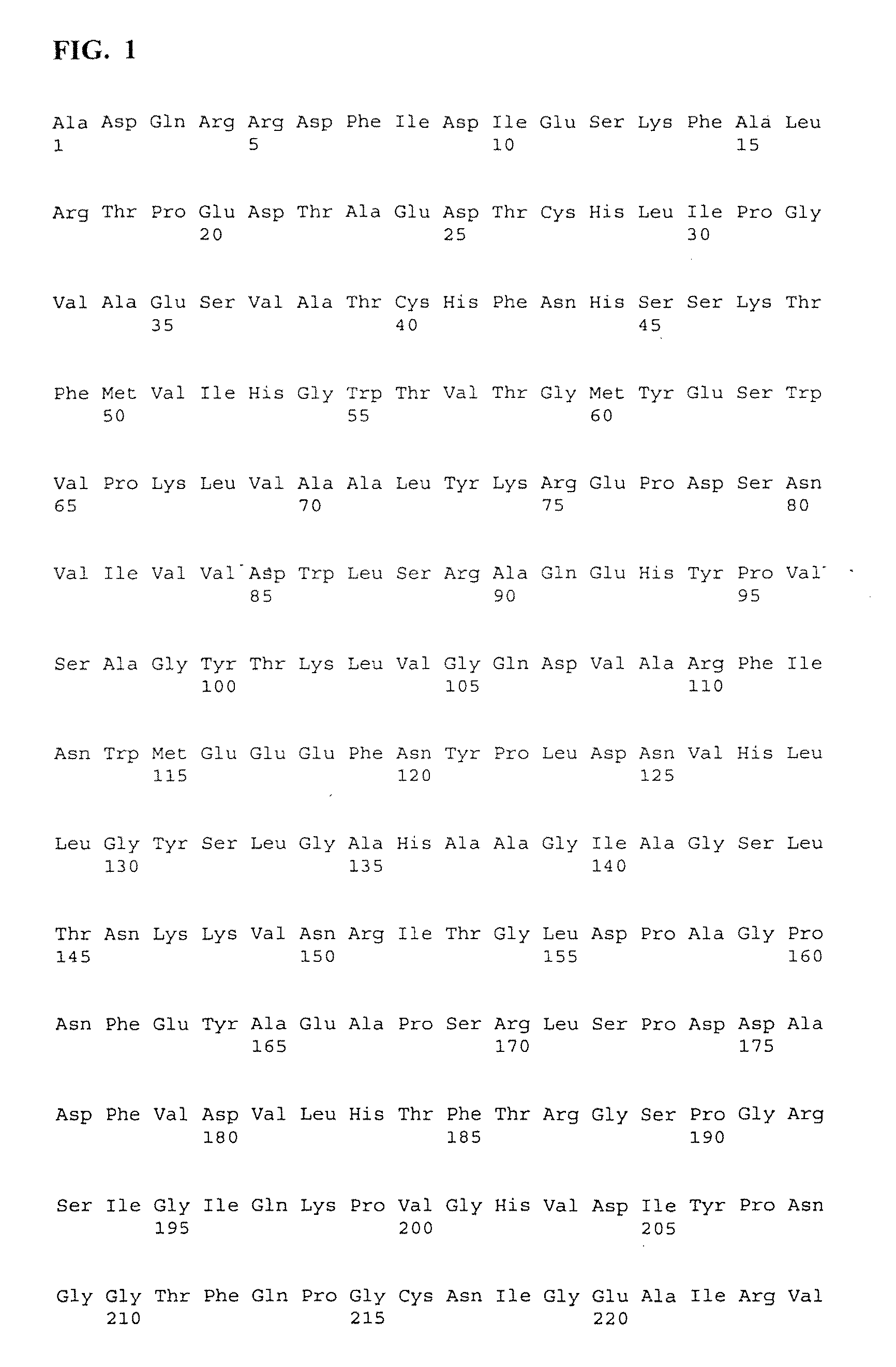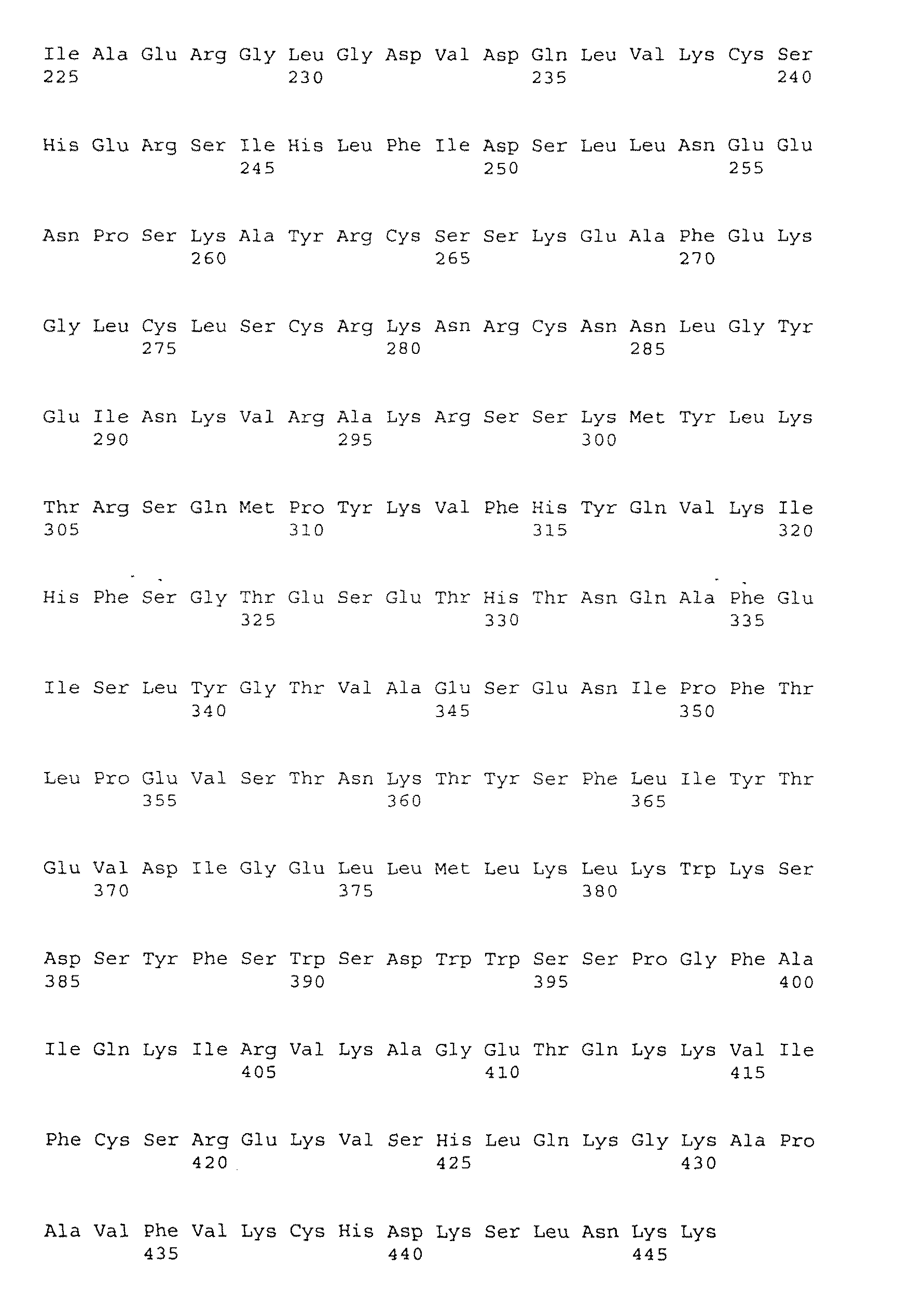Treatment of Non-Alcoholic Steatotic Hepatitis (Nash)
a technology of steatotic hepatitis and nucleic acid, which is applied in the direction of peptide/protein ingredients, drug compositions, genetic material ingredients, etc., can solve the problems of disease recurrence and no established treatment for this potentially serious condition, and achieve the effects of reducing triglyceride levels, lowering lpl activity, and lowering hdl cholesterol
- Summary
- Abstract
- Description
- Claims
- Application Information
AI Technical Summary
Benefits of technology
Problems solved by technology
Method used
Image
Examples
example
Example 1
LPL Gene Therapy Causes Triglyceride Redistribution
[0046]This example investigates the effects of AAV1 with LPL S447X as transgene on diet-induced hyperlipidemia in male APOE3-Leiden transgenic mice. For this purpose we injected 6 mice with 1×10013 gc's / kg AAV1-LPL S447X and 6 mice with PBS (intramuscular; 4 sites). One week later the mice were started on a Western type diet. At 28 weeks after starting the diet, the mice were sacrificed.
[0047]The results show that mice that received LPL gene therapy showed a gradual increase in post-heparin LPL concentrations up to 300 ng / ml at 25 weeks after injection, but total post-heparin lipase activity was not significantly changed. In addition, no effects on plasma TG, HDL-c and TC after 4 hrs fasting could be detected. Despite this absence of an effect on circulating lipoprotein concentrations, LPL gene therapy proved effective in that the treated mice displayed a faster clearance of TG and FFA after a bolus of intravenously adminis...
PUM
| Property | Measurement | Unit |
|---|---|---|
| concentrations | aaaaa | aaaaa |
| resistance | aaaaa | aaaaa |
| body weight | aaaaa | aaaaa |
Abstract
Description
Claims
Application Information
 Login to View More
Login to View More - R&D
- Intellectual Property
- Life Sciences
- Materials
- Tech Scout
- Unparalleled Data Quality
- Higher Quality Content
- 60% Fewer Hallucinations
Browse by: Latest US Patents, China's latest patents, Technical Efficacy Thesaurus, Application Domain, Technology Topic, Popular Technical Reports.
© 2025 PatSnap. All rights reserved.Legal|Privacy policy|Modern Slavery Act Transparency Statement|Sitemap|About US| Contact US: help@patsnap.com



